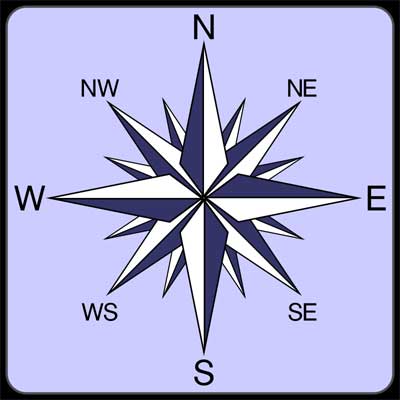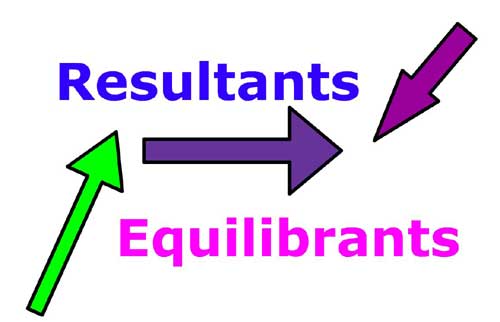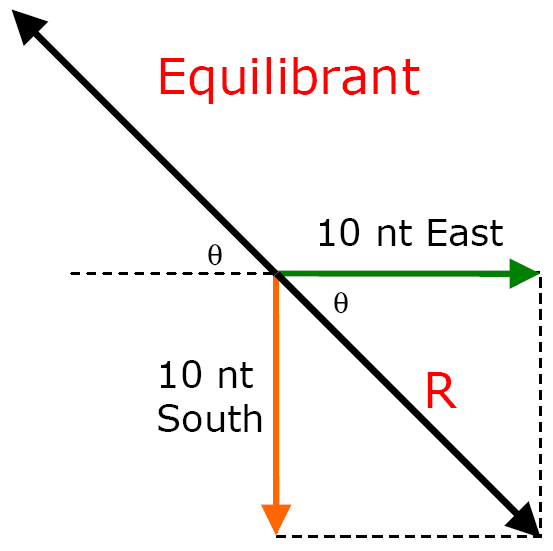|
Angle = 90 degrees
Video Instruction showmethephysics.com
D. Finding resultants when angle between forces = 90°
Scale 1 cm = 1 N???
Two Methods
Method One (Draw It!!)
1. Draw vectors to scale (1 N = 1 cm)
2. Make a parallelogram
Protractor 101
1. Use the Acute Angles Only 2. Use a ruler to get accurate measurements
3. Draw diagonal (resultant)
4. Find magnitude & direction of vector
Parallelogram Method
Method Two - Trig. and
Pythagorean
1. Use a2 + b2 = c2 (To find magnitude)
5.0 N2 + 12 N2 = R2
2. Tanq = Opp./Adj.
TanӨ = 5.0/12
Ө = ?
Inverse Tangent (5 /12)
13 N 22.6 ° N of W
Name that Direction
50 degrees N of E, 35 degrees N of W 65 degrees S of W, 80 degrees S of E
Video Instruction showmethephysics.com
E. Equilibrant - Balancing Force
Show Me The Physics
Video Instruction showmethephysics.com
The Equilibrant is always equal in magnitude and opposite in direction to the resultant
[ Flash ]
If…
Resultant = 5 N 53° N of W
Then… Equilibrant =
5 N 53° S of E
Video Instruction showmethephysics.com
Ex 2) Concurrent forces (acting together) of 10. nt east and 10. nt south act on an object.
Resultant & Equilibrant using
1. 10 N2 + 10 N2 = c2
c = 14 nt
2. R = 14 nt 45° S of E
Equilibrant = 14 nt 45° N of W
Let's go to the Videotape!
Intermolecular bonds between
kentchemistry YouTube Channel
©Tony Mangiacapre.,
- All Rights Reserved [Home]
|
|||||||



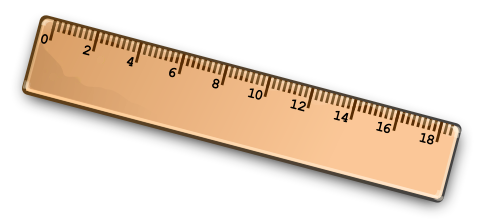
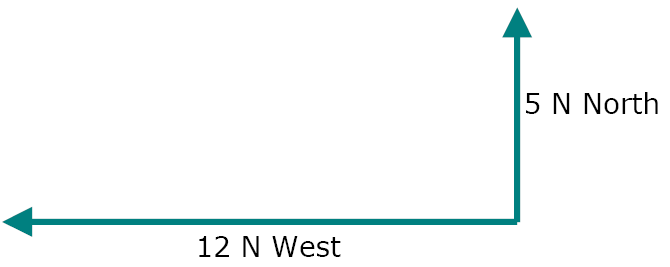
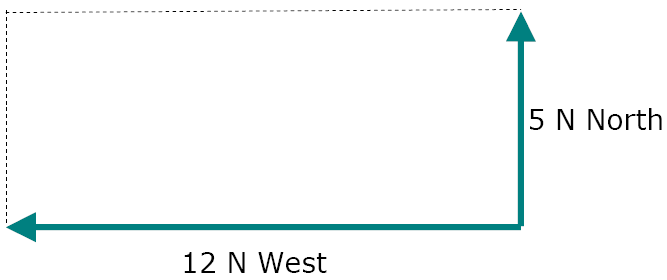
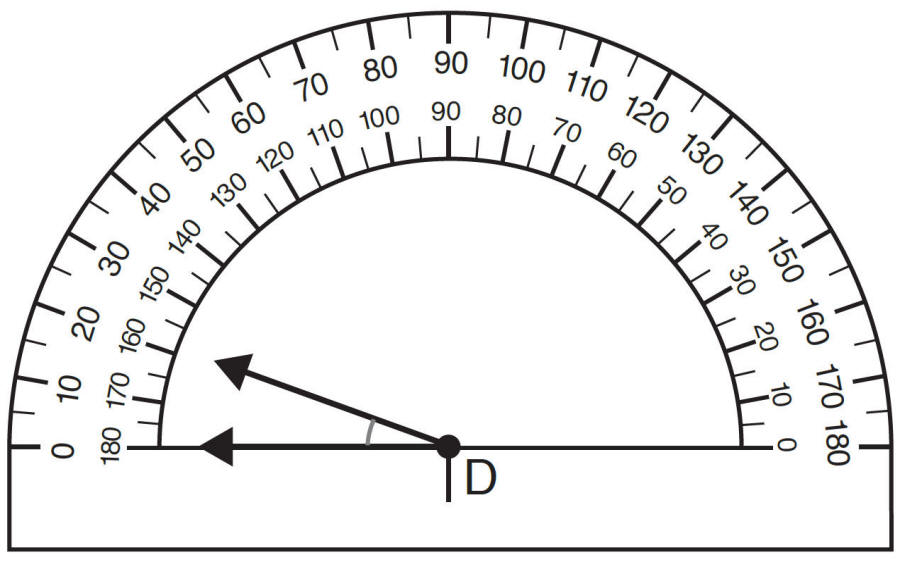

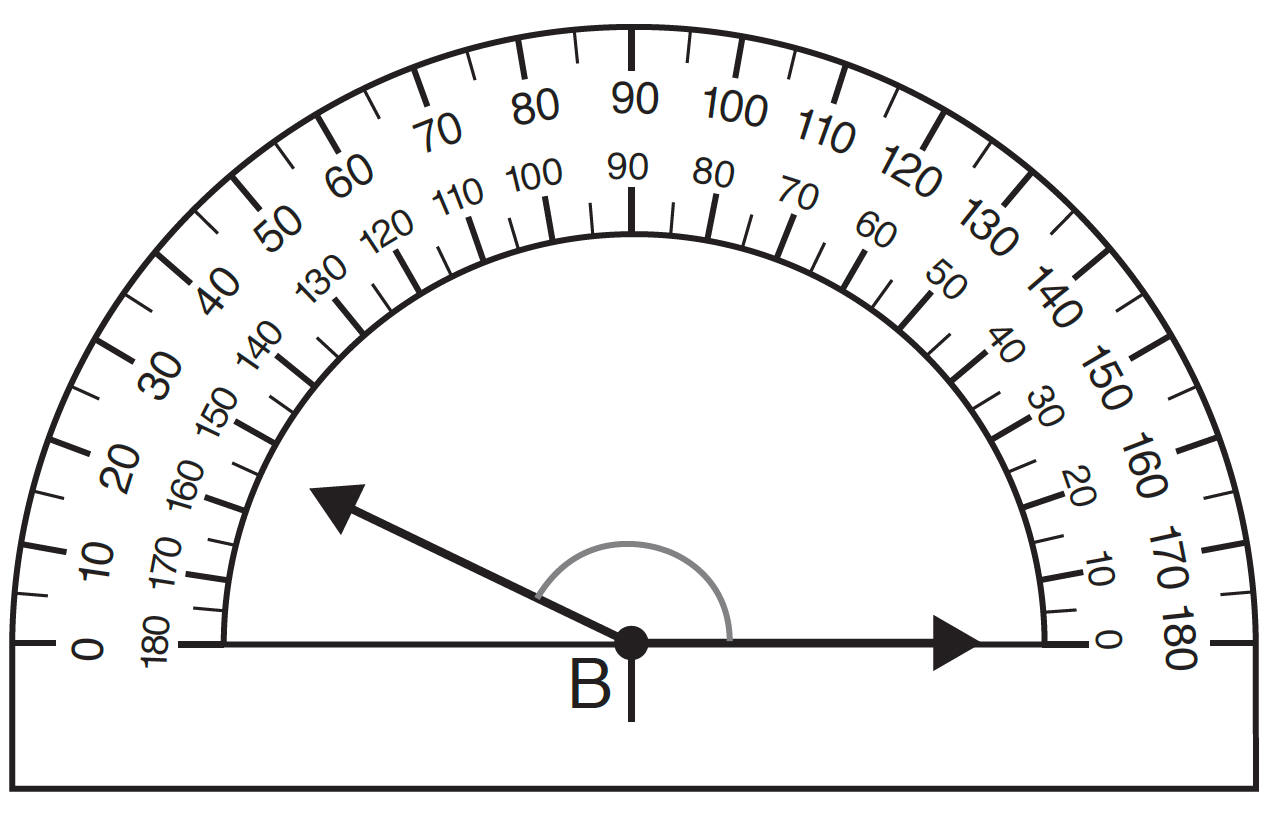
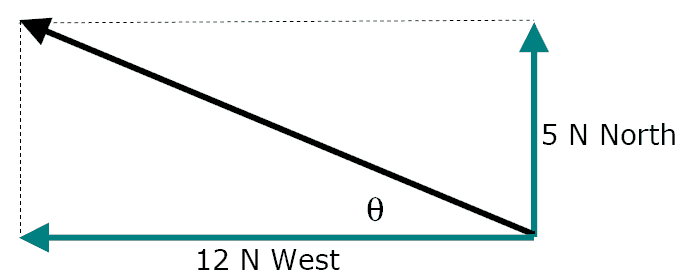

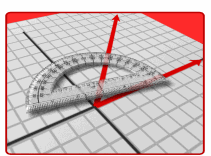
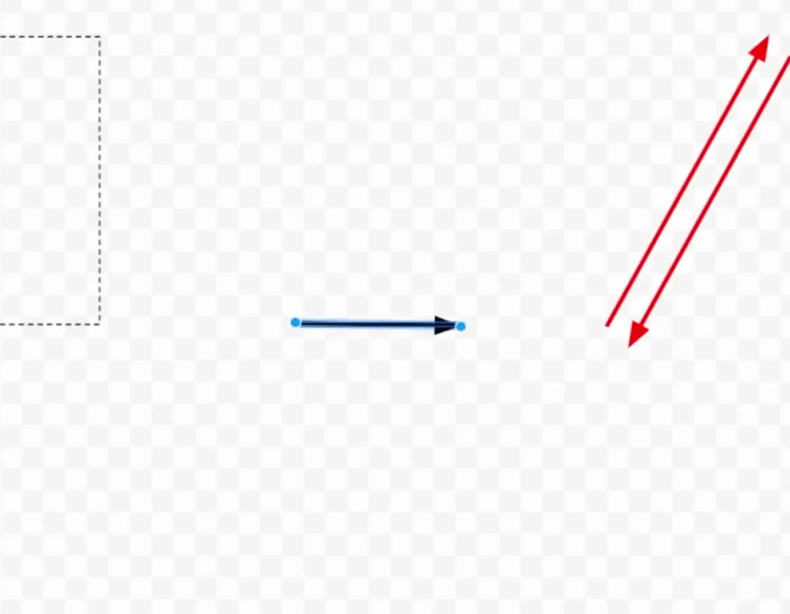
 Tan (5/12)
Tan (5/12)